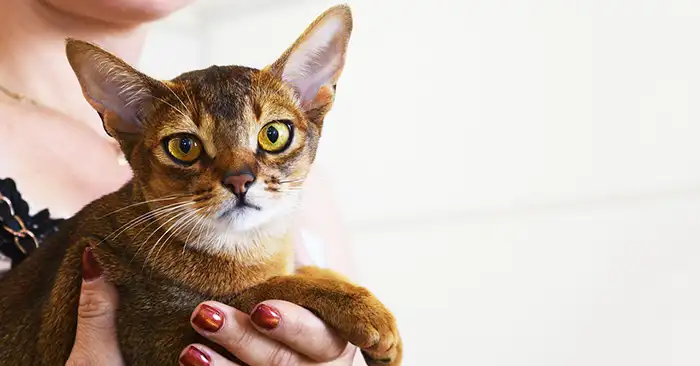Avian hobbyist fever, starting with birds. Finches.
Finches are the tiniest, prettiest and cutest birds with whom you can start your journey with caged birds. They are, in my opinion, the best to start with. They are easy to care for, not overly demanding, inexpensive to buy ( some common varieties) and inexpensive to feed. In many ways they are an ideal bird to learn basic disciplines needed to have a winged companion making it far easier to care for larger and more expensive birds like cockatiels, Coonoor, lorry etc. rearing finches will even help you to manage another common household bird budgerigars. All these birds I will discuss in my upcoming articles.
In the Indian context, finches are known as MUNIYA. Munias are found in various parts of India. With many colors and textures, they are really something to watch in the wild.
A few of them I have listed above with pictures. Other than Indian subcontinent, finches are also found in Europe, Australia, Mexico and numerous other tropical climates.
The range in size is also astonishing. The smallest of finches are lesser goldfinch which is just 9–12 cm in length and the largest are collared grosbeaks with size ranging from 24–27 cm. Also, not all of them are allowed to be raised as a pet and should not be. Many species belong to the wild and should not be disturbed. If you really desire to own some fancy varieties then please fist take a look at the endangered or at risk species of finches, then decide. It is not about getting a more expensive or rare bird in your home cage but it is actually about the best living conditions, similar to the wild, that you can provide inside your home cages. There are a few species that are well suited as pets like zebra finch, Gouldian finches(Image at the top), parrot finches and much more. These are specifically suited for household cages because of their small size.
 |
| Parrot finches Image Source http://cdn2.bigcommerce.com/ |
In wild, finches live on tree branches with many hiding spots and places to play. To replicate these conditions you should provide them a large cage suitable for their flight. A 4 by 2 by 2 feet a is good for 2–3 pairs of common finches, 4 pairs might be just enough and more than 5 pairs will make the cage overcrowded. In their cages you should provide lots of earthen pots, cardboard shreds, old cups with drilled holes at least 1 and a half inches wide for finches to get in and out with ease. Also place 2 or 3 large bowls of water at the bottom or at different places, inside the cage, hang small bowls filled with water. Why this is so? Because pet finches love to take bath several times a day. One more thing, though it is not scientifically proven, finches keep their eggs a little damp. I have seen this behavior in my birds. May be to keep shell soft enough for tender chicks to break out easily or something else, I am not sure! But this is common to almost all the finches I had and have.
Now after all this info let me get back to my start with birds. From my previous article, you know that I was already having 7 aquariums. To get pet birds and do justice with them I would have to choose easy and inexpensive to maintain birds. After much research, I actually planed to get 2 pairs of budgerigars. When I went to purchase these birds and the cage and other accessories I first time saw there the finches. I liked those cute little birds hopping up and down on bars, toys, twigs here and there in the cage. Their sound was also melodious and instantly I decided to get them. To bring home two different cages would mean to pick up a fight with my parents so I decided to drop the idea of getting the budgerigars. And at that time I also planned to get a much bigger cage as I was taking 10 pairs altogether. But the problem is that how to convince my parents. At this stage, I just had one person to help me out, my wife( then girlfriend actually).
We planned the entry of finches in the home in a way that my parents couldn’t refuse. She gifted me the cage, finches and all accessories on my birthday!
Yeah, you can also use these tactics to get things which your family members don’t like. But, don’t be rude ! just get things which can be admitted after a little resistance.
So now, officially my first set of 20 finches is here. I was so excited, I spend hours like a child watching and listening to them. Their voice was so sweet, It always made my day waking up to that sound. Even today! To see them hopping and going crazy when I let them out in sun and suddenly getting excited to be out in the larger chamber, it’s just so satisfying. Now it has become my daily routine to first get my dogs exercised before the sun rises and then tending my birds ( now I have cockatiels, budgerigars, yellow ring necks, and Coonoor also) from 6 am to 7 am.
Finches are a good choice to start with, but you need to understand that they are not just toys but are living breathing creatures that have needs to be attended when you have caged them. Yeah, it sounds a little hypocritical, but if I would be committing a mistake putting them in a cage then I will make sure they are all pampered and taken care. To keep them happy will be a little satisfying.
The first step to keep them happy is to provide them with cage big enough to fly extensively. Even if you are keeping just one pair pick at least 3 feet by 1.5 feet by 1.5 feet cage. Next is their feed, finches have stubby conical beaks especially evolved to feed on seed. Since finches kept as house pets are likely to be small in size they should be fed a diet containing a mixture of small seeds. I feed them KANGI seeds here in India we call them Kangna k beej. If you don’t find them in your country then go for the seed premix available online or at a pet store near you. You can also find pellet diet in pet stores. If you are feeding then above mentioned diets then supplement them with fruits and vegetables 2–3 times a week. I feed apple, pear, guava, and papaya usually. Sometimes I keep grapes also but most of them don’t like them. In vegetables I give them cabbage, beetroot, carrots and pumpkin. To feed them these fruits and veggies then chop them coarsely about 1 inch cube and leave them at different spots inside the cage. Remember to keep them at numerous places otherwise they will either fight over them or entire meal will go untouched.
 |
| zebra finch. image source https://upload.wikimedia.org |
With the mention of this point, I would like to point out that when you place Tikki huts or small earthen pots or plastic containers, then place these in the ratio of 1: 1.5. These are small birds, but they are territorial, even though their territories as small. If you won’t do this that is to place more resting places then the number of birds then there are fair chances that there will be frequent fights. These fights will become more aggressive in the breeding season. And who do you think will be affected most? Eggs and featherless chicks who won’t be able to escape and will end up exterminated.
Lastly, give them time, they ended up in your prison, they at least deserve this. Try to talk to them, whistle at them, try to feed them by hand. You will see in a few weeks they will start to interact with you. They will cheer up whenever you will pass by their cage. This feeling is unexplainable. So much satisfying. So much overwhelming.
Enjoy your finches.
And
If you want clarify anything about finches or like to share your own experience or would like to suggest anything please feel free to comment. If you find this article useful please share with your friends.
Bye.







